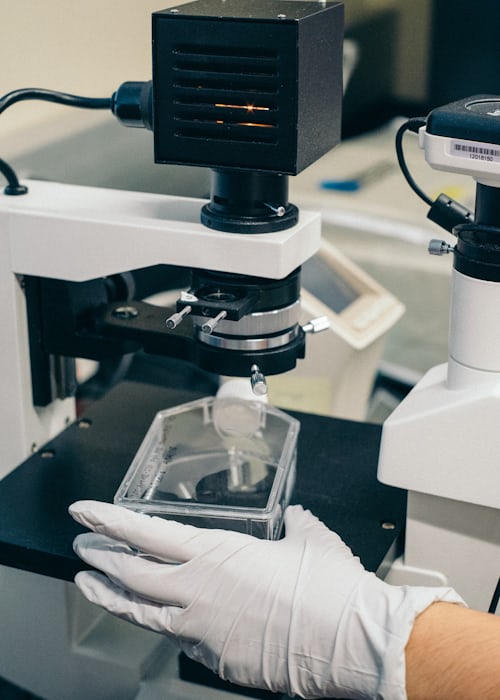Allison Hayes-Conroy, Alexis Saenz Montoya and Cesar Buitrago Arias
11 2017
The fate of Colombia’sas a government-financed peacebuilding program is uncertain, but it looks to endure as an independent social movement. Its persistence is due both to its historical development and to its emphasis on affective relationships.
Authors Note:
The– translated as the Legion of Affection – is a Colombian social network broadly mobilized around peace. It is arguably the most overlooked, yet broadest-based network, for peace in Colombia. Unlike other more-publicized movement networks like theor the, thewas established as intentionally non-polarized with respect to the left/right politics that have long generated conflict in the country and across Latin America.
Instead, the politics of themight best be described as a politics of– a politics of feeling. “” (to see, to hear, to feel) is one of a few familiar phrases of the, which has been echoed in all corners of the country.
The politics of “feeling”
Image credit: Legión del Afecto.
While recognizing and valuing social difference – especially across lines of race, ethnicity, and sexual orientation – thehas emphasized the bodily capacity to sense and feel as a point of social and political convergence for the country’s youth in the face of seemingly insoluble conflicts at multiple scales; the fact that each individualdifferently (because of distinct biographies, identities, and physical experiences) should not matter as long as a politics could be build around respecting and valuing others’ bodily capacity for feeling.
In essence, this respect and valuing of the other is what “affection” has come to mean in the network. As a result, non-verbal means of communicating feelings have become highly valued in the. So-called ‘alternative languages’ of dance, music, theatre, clowning, acrobatics, fire-blowing and more, along with shared banquets, journeys, festivals and other shared sensorial events have been central to continued mobilization and motivation of(Legion participants), often youth between the ages of 15 and 25.
In a country where many have been killed for simply appearing to favor one side or the other, the focus on feeling rather than on political side-taking has been crucial to the survival and thriving of both the network and the leaders within it. Because of this intentional and conspicuous lack of side-taking, thehas been able to enter and intervene in location and communities across the country where others – e.g., police, military, government – were once unable to go. Of course, it would not be accurate to portrayas lacking political views or direction; the opposite is true. However, as a network thehas focused on creating space for dialogue and political learning rather than defining or persuading one single way of analyzing current national and global trends.
These spaces of learning and dialogue have been particularly important as the network grew to include ex-combatants from all sides of the Colombian conflict. Intentionally setting down the conflicts associated with polarized national politics meant that thecould mobilize ex-guerilla, ex-paramilitary, ex-soldiers, ex-gang members as well as many others affected by violence and by the pervasive lack of opportunity for marginalized youth. These participants enriched thethrough sharing their differences in lived experience, rather than swallowing or forgetting their pasts.
Origins and Evolution of the Legión
Thebegan in 2003 (under another name) as a collaboration between different ‘base’ (i.e. grassroots) groups in the city of Medellín, which had many prior years of experience in peaceful social transformation at the community level. In particular, two groups –, a group focused on urban youth, and, a group serving once-rural families who experienced violent displacement – united their expertise in the formation of the. Casa Mía was especially important as many of thefounding antecedents – for example, the focus onor affection – came from its founding leaders’ own collaborative legacy of radically innovative and daring peacebuilding in the Santander neighborhood of Medellín. The earlier peacebuilding of Casa Mia involved building trust and affection among young men pertaining to dueling gangs as well as standing up for justice and non-violence in the face of direct threats from paramilitary groups. That such strategies were effective in the face of conflict is perhaps best evidenced by the fact that the, after first being funded by the UNDP (for methodological development), was scooped up as a government-sponsored program, housed under(under president Uribe), and then the(DPS) (under Santos).
As a government program, thegrew a centralized administration, and new rules and regulations to follow, but it was never “just” a government program. As thespread from it’s origins in the city of Medellín to over 40 other cities, towns, and rural municipalities across the country, the network tapped into and drew from existing base community groups in each location. In each place, new leaders were nurtured alongside already-established community leaders who grew and gained new ideas. Existing effective ties were used to strengthen the network and bring in new participants. And in each place, the particularities and challenges of the location brought new strategies for peacebuilding that were focused on the traditions, as well as the problems, of each region: for example, a focus on traditional music () in San Jacinto, or a focus on memory and ritual in many rural places where violent acts had occurred.
The Legión Today
It is often stated that there are currently “over 2000” youngacross the country, but the actual effect of theis much larger. behind any official count of participants, there are thousands of families and tens of thousands of friends and community members who have been affected by the peacebuilding efforts of the network. These friends, families, and community members are the ones who came to grand events – like the(2009, Cali), or(2010, Medellin), which mobilized massive numbers of participants. And these friends, families and community members arethe individuals who know and trust the participants in thethrough their small daily actions, and who therefore have been willing to work together with them in their efforts to build an ‘everyday’ peace in communities across the country.
Today, this expanded and enduring capacity of the network is more important than ever; despite recent funding uncertainty for theas a government program, thepersists as a grassroots network – a potentially powerful, motivated, and emotionally interconnected movement of young and old, who hold some very significant lessons for the development of a truly post-conflict society.
Further Information on the Legión
More information about the, its history, activities, and methodologies, is being made available through the grassroots website still-in-progress: www.legiondelafecto.org .
Thenetwork is present in the following cities and regions in Colombia: La Macarena, Playa Rica (la Y), San Juan de Lozada, San Vicente del Cagüan, La Catalina, Montañita, Puerto y Florencia, Medellín, San Luis, San Fransísco y Sonsón, Samaná Florencia y Pensilvania, Soacha, Bogotá y Viota, Barrancabemerbeja, San Pablo y Puerto Wilches, Chiquinquirá y San Miguel de Sema, Cartago, San José del Palmar, Bojayá, Quibdó, Buchadó, Pamplona, Cúcuta, Tibú, La Gabarra, Cali, Buenaventura, Armenia, La Tebaida, Manizales, Cartagena, Montes de María, Magangué y Plato, Puerto Tejada, y Villavicencio, Copey, San Juan del Cesar y Villanueva Guajira, Chibolo, Carepa, Turbo, Acandí, Ungía y Carmen del Darién y Mistrató, Tumaco, Líbano y Natagaima, Ovejas, Santa Rosa del Sur y Simití, Puerto López, El Retorno , San José del Guaviare y Mocoa.



